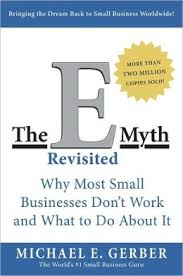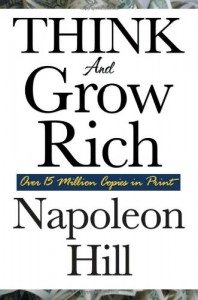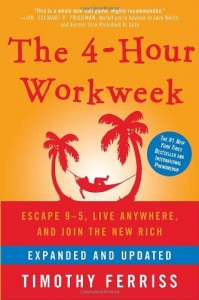 What would you do if you needed several new clients right now? That’s the dilemma a business owner I know faced last week. Two of her best long-term clients unexpectedly needed to cut back, and she was suddenly facing a cash-flow crisis. Luckily, she’s resourceful … and her solution is something you can replicate.
What would you do if you needed several new clients right now? That’s the dilemma a business owner I know faced last week. Two of her best long-term clients unexpectedly needed to cut back, and she was suddenly facing a cash-flow crisis. Luckily, she’s resourceful … and her solution is something you can replicate.
It can be tough being an entrepreneur/small business owner/solopreneur. But what sets us apart is our entrepreneurial grit. That’s why the solopreneur mentioned above set a goal of calling everyone she has exchanged business cards with in the last 3 months. She’s not begging them for business, but she is listening when the person she calls tells her what they do, making connections when she can, and explaining what she does. And, very importantly, asking if they know someone she should contact who could use her services.
Picking up the phone and asking for business does not come easily to her. And she sometimes forgets that crucial last step: asking for business or a referral. But I’m betting she finds the new clients she needs. Last night, I stumbled on a Forbes article that reinforces the point:
…salespeople who make more calls will almost always outperform salespeople who make fewer calls. That’s no surprise, but here’s the key point: This doesn’t happen just because the act of making more calls mathematically raises the chances of success. There’s much more to it. By facing up to the task of making a call, frequent callers put themselves on a faster learning curve. They discover more rapidly what works and what doesn’t. They’re quicker to learn techniques that overcome rejection. Thus, their success yield will improve–i.e., double the calls, triple the sales. [Smarts in Business Is Not About IQ]
The concluding sentence of the article says it all:
In the real world it’s grit that makes us smart.
Let’s end with an entrepreneurial call to action:
Create a plan for the next time you need new clients right now.









